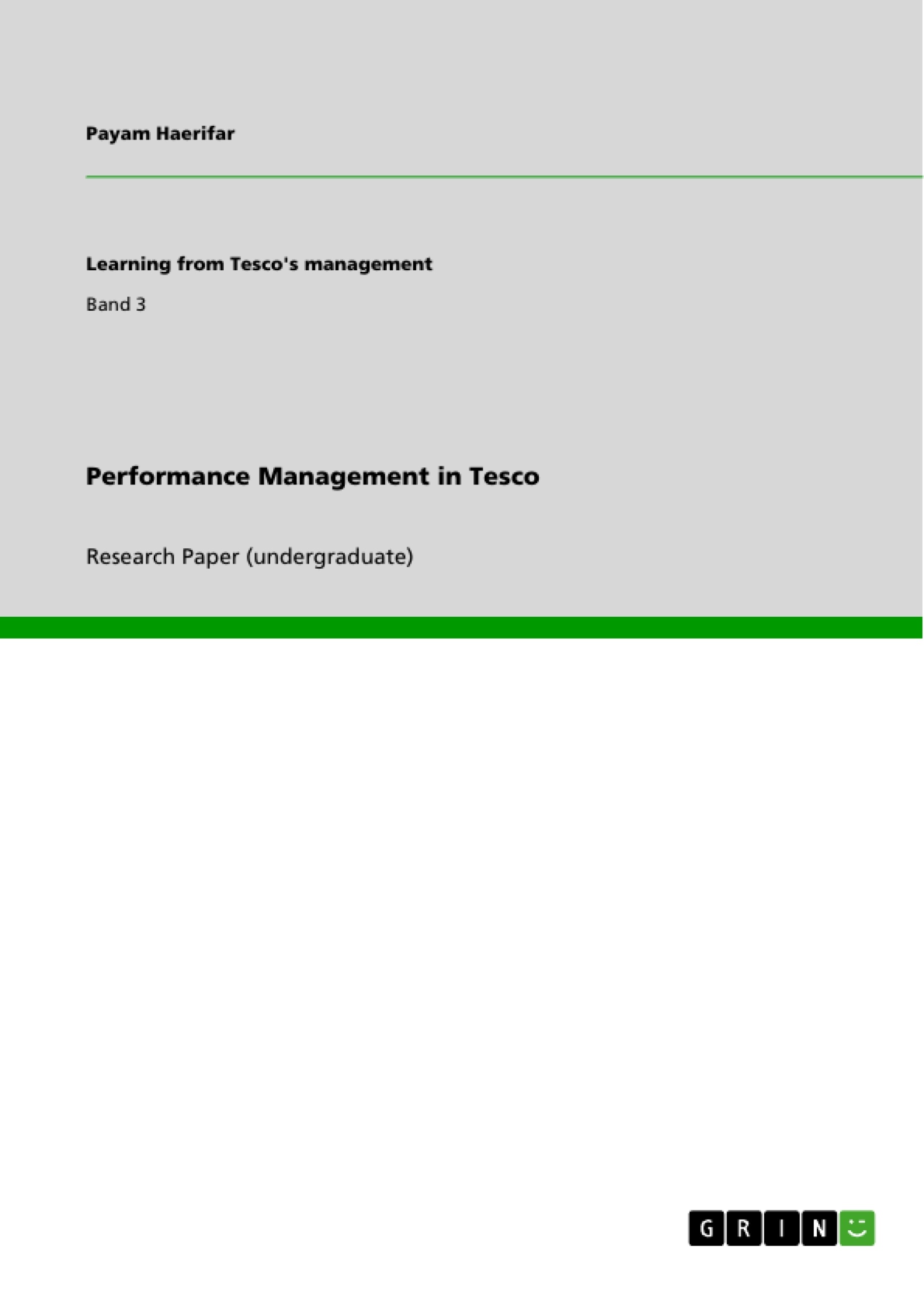Performance is explained superficially, which is the achievement of quantified objectives. Performance has an important connotation that is the way that people choose to achieve the objectives. Therefore, performance means process and manner of functioning and operating (or behaviours) to attain beforehand desirable goals (or results) (Brumbach, 1988). The mixed model of performance management is suggested by Armstrong (2006) which is based on these simultaneous elements of performance that are behaviour and result.
The considerable aspect of organisational performance management is to maintain the goal congruence. Performance management aligns the organisation’s objectives with the individuals’ goals. Many performance management theories apportion this alignment as a main endeavour of the performance management process such as Balanced Scorecard. Besides, performance management could converge to strategic development by some modification of its methods and facilitates indirect control of employees by giving a clear target (Otley and Fakiolas, 2000; Hemmer, 1998; Egan, 1995).
Organisations usually utilise two main theories to be competent firms in their markets. Those theories are Porter’s theory (1980, 1989) and resources and competences theory. Despite of which theory is deployed, ongoing performance management could facilitates to achieve significant results and produce prosperous business. Besides, the obligation for continuousness of performance management is argued in details on the proper sections.
Multifarious performance management frameworks are available that usually they are divided into three corporate, business unit and, functional levels. Among those various frameworks balanced scorecard is used abundantly. It “helps companies to look and move forward instead of backward” (Kaplan and Norton, 1992). It has been proposed that the utilisation of balanced scorecard leads to ameliorate financial performance compared to traditional financial performance measures (Davis and Albright, 2004).
The advocators of balanced scorecard argue that a consequent cause-and-effect relationship exists among the perspectives of balanced scorecard. Cohen et al (2008) mention “The proponents of balanced scorecard claim that lead factors interrelate and their improvement ultimately leads to increased financial performance”.
Table of content
1. Executive Summary:
2. Introduction:
3. Literature Review:
3.1. Performance management vs. Performance appraisal:
3.2. Performance management should be an ongoing progress:
3.3. Important aims of Performance management:
3.4. Performance management models:
3.5. Balanced Scorecard approach:
4. Background of Tesco:
4.1. Tesco’s Strategy and workforce size:
4.2. SWOT Analysis:
4.3. Tesco’s Steering Wheel:
5. Conclusion:
6. References:
- Citar trabajo
- Payam Haerifar (Autor), 2011, Performance Management in Tesco, Múnich, GRIN Verlag, https://www.grin.com/document/180233
-

-

-

-
¡Carge sus propios textos! Gane dinero y un iPhone X. -

-
¡Carge sus propios textos! Gane dinero y un iPhone X. -

-
¡Carge sus propios textos! Gane dinero y un iPhone X. -

-
¡Carge sus propios textos! Gane dinero y un iPhone X. -

-
¡Carge sus propios textos! Gane dinero y un iPhone X. -

-
¡Carge sus propios textos! Gane dinero y un iPhone X. -

-
¡Carge sus propios textos! Gane dinero y un iPhone X. -

-
¡Carge sus propios textos! Gane dinero y un iPhone X.

